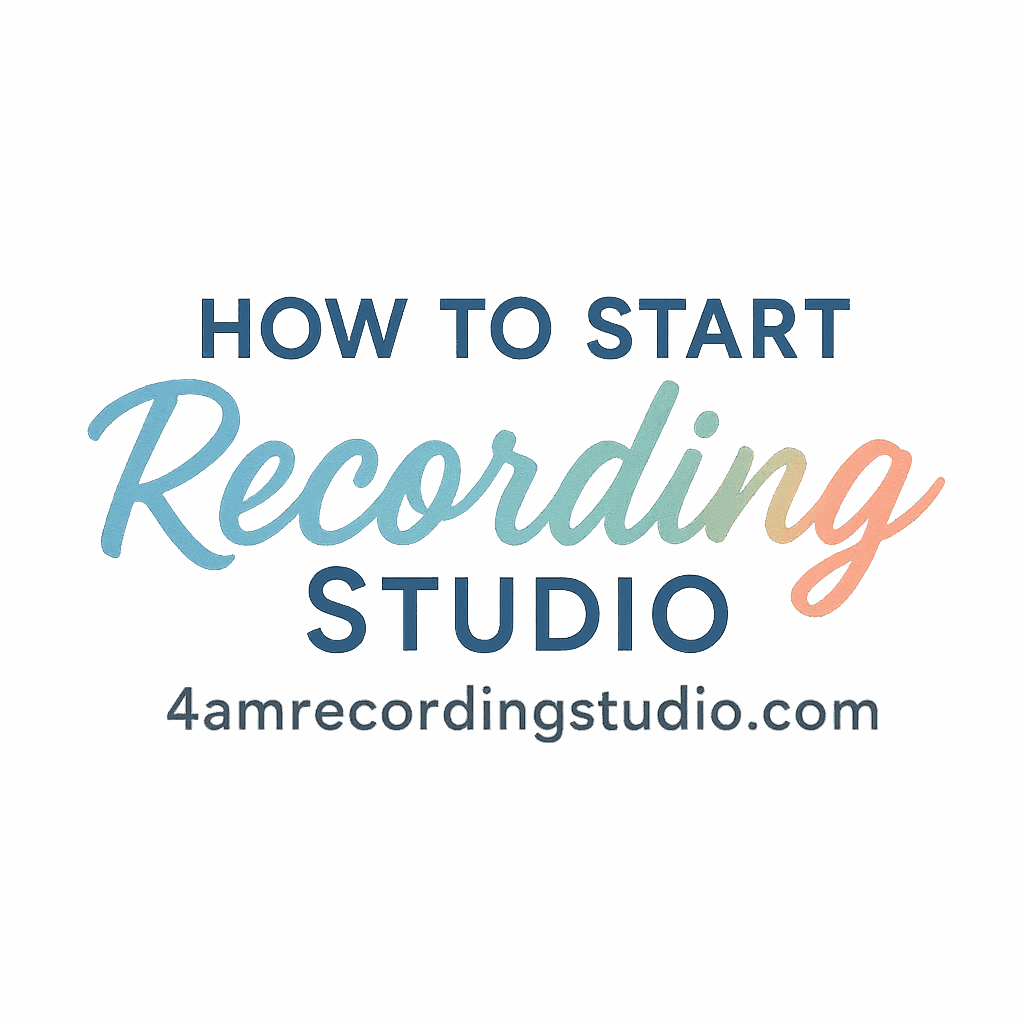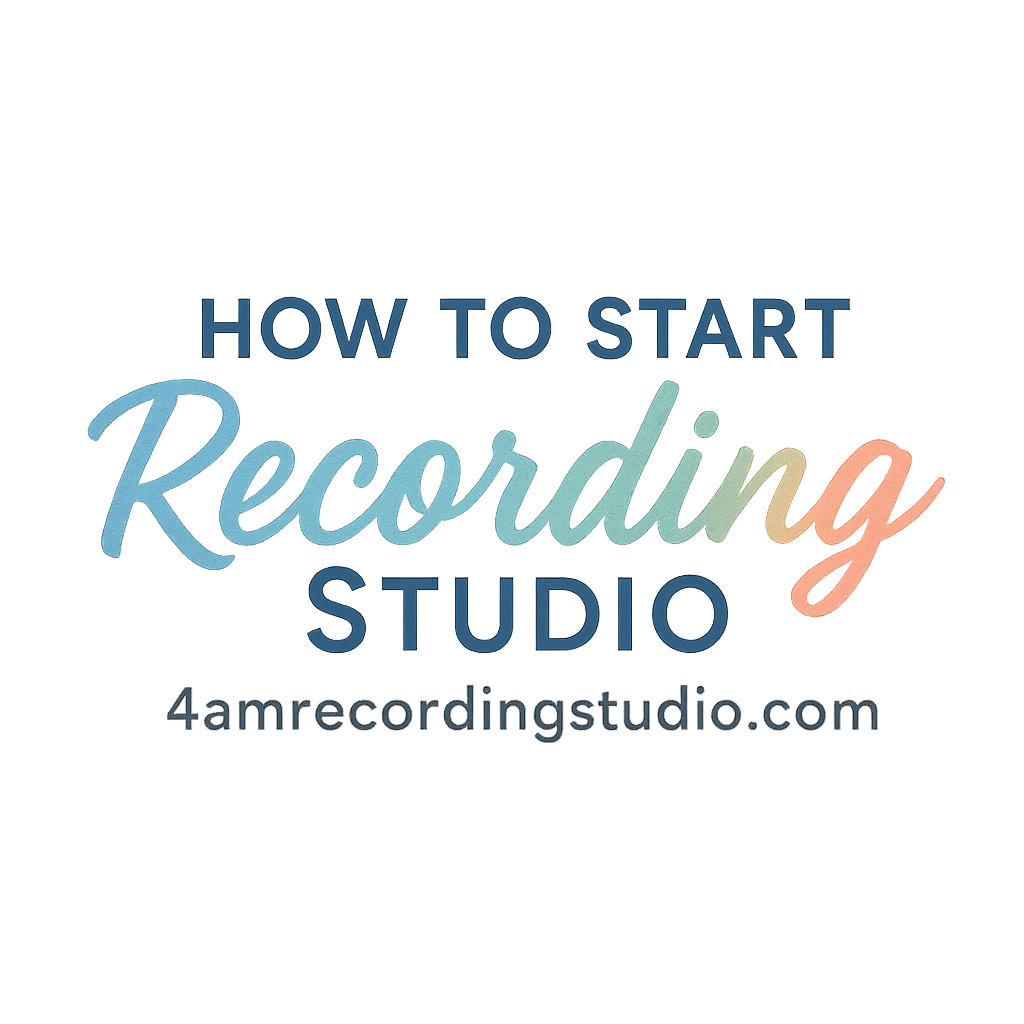Starting your dream recording studio? Awesome. But before you hit record, there’s something we need to talk about: cables and accessories. These humble tools are the unsung heroes of every successful studio. Whether you’re a beginner setting up your first home studio or expanding a commercial space, this guide will help you understand the 7 must-have cables and accessories that keep your signal flowing smoothly and your creativity buzzing.
Let’s plug in (pun intended) and get started!
Why Studio Cables and Accessories Matter
You can buy the most expensive microphones, pristine audio interfaces, and stylish acoustic panels—but if your cables are junk? Your sound suffers. Imagine trying to cook a gourmet meal with a broken stove. Not happening.
Great studios run on signal integrity, organization, and flexibility, and that all starts with having the right cables and accessories in place.
If you’re planning your studio setup, check out our full guide here:
👉 Recording Studio Setup Basics
1. XLR Cables – The Lifeblood of Your Signal Chain
What Are XLR Cables?
These are the gold standard for connecting microphones, preamps, and studio monitors. Known for their three-pin connection, XLR cables carry balanced audio, which means they’re less prone to interference and noise.
Why You Need Multiple XLRs
One isn’t enough. Trust me. You’ll need them for:
- Vocal mics
- Instrument mics
- Monitor connections
- Outboard gear
And if you’re collaborating with other musicians? Double it.
✅ Pro Tip: Keep at least 4–6 extra XLR cables handy.
Tip: Go for Balanced Cables
Balanced XLRs reject electrical noise. Especially important if your studio is near power cables or you’re using high-gain mics like condensers.
🔗 Learn more about studio tools
2. TRS and TS Cables – Know the Difference
TRS Cables for Balanced Audio
TRS stands for Tip-Ring-Sleeve, and these look like standard jacks but with a bonus: they carry balanced signals, similar to XLRs. Ideal for connecting studio monitors or outboard gear.
TS Cables for Instruments
TS (Tip-Sleeve) cables are unbalanced and mostly used for instruments like electric guitars, basses, or keyboards.
Which One Should You Use?
- For instruments? TS.
- For balanced line-level connections? TRS.
- For stereo headphones? TRS.
Understanding the difference helps avoid hum, buzz, or level mismatch. Get this wrong and your mix will pay the price.
Want to learn more about gear selection?
🔗 Beginner Tips for Gear
3. MIDI Cables and MIDI Interfaces
How MIDI Powers Your Gear
MIDI doesn’t carry sound—it carries digital instructions. That’s what allows your keyboard to tell your DAW to play middle C with a violin sample.
Modern Alternatives: USB-MIDI Interfaces
Many modern controllers connect via USB, but traditional 5-pin MIDI is still alive, especially in analog synths and drum machines.
🔗 Explore more on MIDI setups:
https://4amrecordingstudio.com/tag/midi
4. Patch Bays and Patch Cables
Organizing a Pro Studio Setup
Think of a patch bay like a phone switchboard for your studio. It lets you route signals without crawling behind your gear every time.
Patch cables are short ¼-inch TRS or TS cables, used to connect the inputs/outputs of the bay.

Keeping Your Desk Clean and Creative
Nothing kills a creative flow like a rat’s nest of tangled cords. A clean patch bay setup means:
- Faster routing
- Easier gear swapping
- Zero clutter
Want to scale your studio professionally?
🔗 Recording Studio Management & Growth
5. Power Conditioners and Surge Protectors
Protect Your Investment
Studios are full of expensive gear. One random power surge? Boom—your $1000 interface is toast.
Avoid Hum and Noise
Power conditioners do more than just protect—they also filter electrical noise, giving you a cleaner sound floor. That means no hums in your vocal takes or guitar tracks.
Need help budgeting your gear essentials?
🔗 Recording Studio Business Planning
6. Audio Interface Cables (USB, Thunderbolt, etc.)
Matching the Right Interface to the Right Cable
- Entry-level interfaces often use USB 2.0 or USB-C
- Higher-end setups may use Thunderbolt 3 or 4 for faster performance
Data Speeds and Latency Considerations
Using the wrong or cheap cable could lead to latency, dropouts, or worse—crashes mid-session.
🔗 Explore more interface insights:
https://4amrecordingstudio.com/tag/controller
7. Headphone Extension Cables and Splitters
Essential for Client Monitoring
When a vocalist is 10 feet away from your desk, your stock headphone cable won’t cut it. An extension gives freedom, while splitters let you monitor alongside the artist.
Don’t Let Cable Length Limit Creativity
With the right extension cables, your artist can pace the room, vibe out, and feel the song. That energy shows up in the performance.
Bonus Accessories You Shouldn’t Overlook
Cable Labels & Velcro Straps
Label both ends of every cable. You’ll thank yourself during teardown. Velcro wraps keep things tidy and reusable—no more tangled nightmares.
Cable Tester
Ever spent 20 minutes troubleshooting a dead mic, only to find it was a faulty cable? A simple tester will save hours (and headaches).
Check more beginner gear tips here:
🔗 https://4amrecordingstudio.com/tag/beginner
How to Keep Your Studio Cables Organized
DIY Tips for Tidy Cable Runs
Use wall-mounted hooks, baskets under your desk, or pegboards to keep cables in reach but out of the way.
Color Coding for Simplicity
Buy cables in different colors to differentiate:
- Mic cables (blue)
- Instrument cables (green)
- MIDI (red)
- Monitor cables (black)
🔗 Get tips on keeping your studio organized:
https://4amrecordingstudio.com/tag/organize
Where to Buy Reliable Cables & Accessories
What to Avoid (Cheap Knockoffs)
Tempted by the $3 XLR cable on Amazon? Don’t do it. Cheap cables can introduce noise, break easily, and fail mid-session.
Stick to trusted brands like:
- Mogami
- Hosa
- Pro Co
- Monoprice (budget option)
For long-term income from your studio gear investment:
🔗 https://4amrecordingstudio.com/tag/income
Conclusion
Great music starts with great connections—literally. Whether it’s routing your vocals through a clean XLR line or patching synths into a well-organized bay, these 7 must-have cables and accessories are the backbone of a professional, frustration-free studio.
Start small, stay organized, and invest smartly. Your future self (and your mixes) will thank you.
FAQs
1. Can I use guitar cables as mic cables in a pinch?
Nope! Guitar cables are unbalanced and not designed for mic signals. Stick to XLRs for mics.
2. How long should my studio cables be?
Keep them as short as possible to avoid signal loss—but long enough to reach your gear comfortably.
3. Are expensive cables worth the money?
Yes—up to a point. Mid-tier brands like Hosa or Monoprice are fine for most. Avoid the cheapest options.
4. What is the difference between balanced and unbalanced cables?
Balanced cables (XLR, TRS) reduce noise and interference. Unbalanced (TS) are more prone to buzz and are best for short runs.
5. How can I test if my cable is working?
Use a dedicated cable tester or swap it out with a known working cable to troubleshoot.
6. Can I make my own cables?
Absolutely—if you’re comfortable with soldering. It’s a fun DIY project and can save money.
7. Where can I learn more about setting up a studio?
Check out our full guide: 👉 Recording Studio Setup Basics


